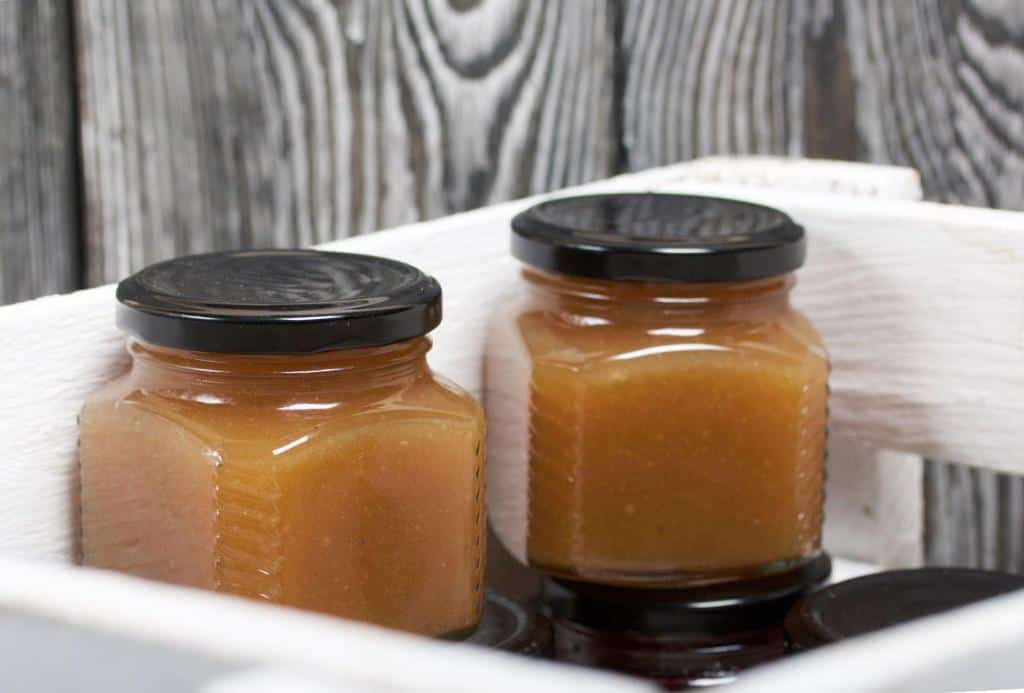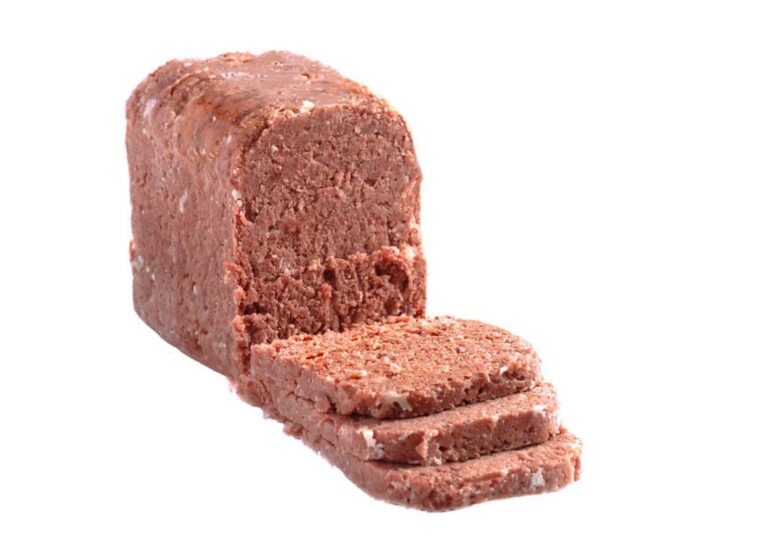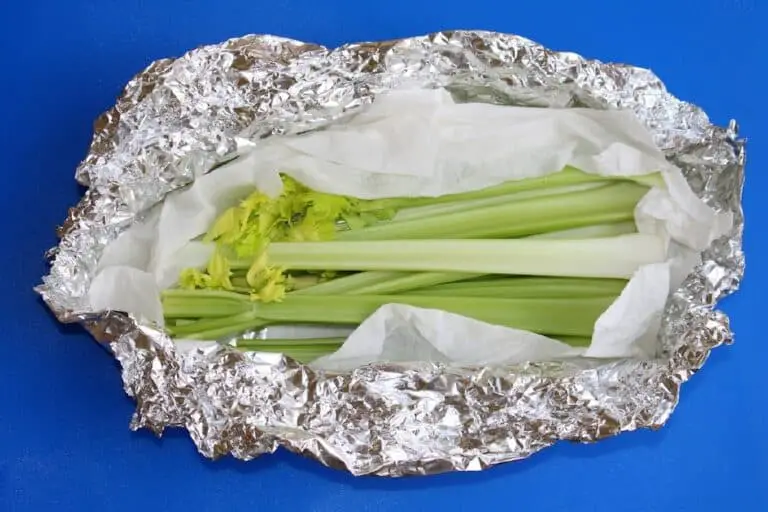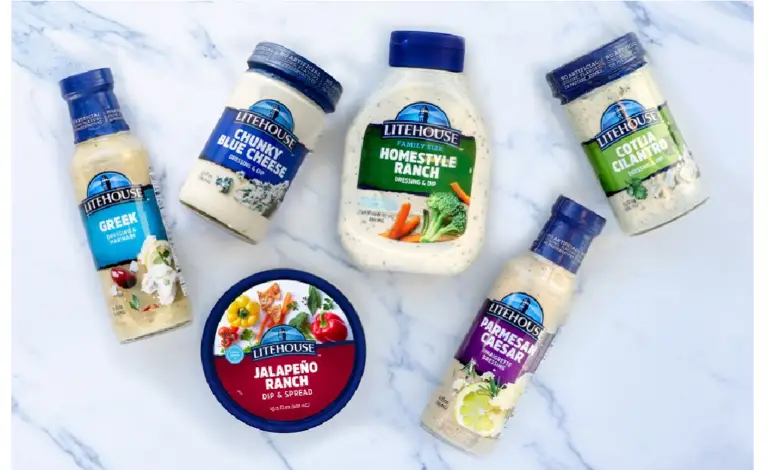Can You Still Eat Unopened Applesauce After the Expiration Date?

Applesauce, with its sweet and tangy flavor, is a beloved pantry staple. Whether you use it as a healthy snack, a baking ingredient, or a replacement for fats in recipes, it’s a versatile addition to any kitchen. But what if you discover a jar of unopened applesauce that’s past its expiration date?
The idea of consuming food beyond its expiration date can be puzzling, and it’s easy to feel conflicted about whether to keep it or let it go. What should you consider to make an informed decision about that jar of applesauce sitting in your pantry?
This article will explore the shelf life of unopened applesauce. It will cover how to check if it’s safe to eat, and what affects its freshness. You’ll learn to make safe food choices and reduce waste. This will keep your pantry stocked with only the freshest ingredients.
Overview of Applesauce and Its Expiration Dates
Applesauce is a beloved staple in many kitchens, known for its versatility and convenience. Applesauce adds sweetness and comfort to any meal. It can be enjoyed alone, used in baking, or paired with savory dishes. Its popularity stems from its simplicity and the fact that it’s often seen as a healthier alternative to other sweeteners.
Understanding expiration dates is crucial for ensuring food safety. These dates serve as guidelines to indicate when a product is likely to be of the best quality. For applesauce, the expiration date helps consumers gauge freshness and flavor.
However, it’s important to remember that these dates are not definitive indicators of safety. Instead, they’re a helpful reference for optimal taste and texture, helping us make informed decisions about what’s safe to eat.
The Basics of Applesauce Shelf Life

Unopened applesauce, like many other canned and jarred foods, comes with a use-by date. This date isn’t a magic number that turns your applesauce into a pumpkin at midnight. Instead, it’s a guideline set by manufacturers to ensure you enjoy the product at its best quality. But what does that mean in practical terms?
Understanding Expiration Dates
The expiration date on your applesauce jar is about quality, not safety. Here’s how these dates work:
| Date Type | Purpose |
| Use-By Date | Indicates the last date the product is expected to be at its best quality. |
| Sell-By Date | Shows the last date the store should sell the product for optimal freshness. |
In general, an unopened jar of applesauce can remain good for a while beyond its use-by date if stored correctly.
| Read: How Long Is Applesauce Good After Opening? |
Assessing the Quality of Your Applesauce
Before diving in, you’ll want to give your jar of applesauce a thorough inspection. Here’s a checklist to help you out:
- Check the Jar: Look for any signs of damage to the jar or lid. If the lid is bulging, cracked, or leaking, it’s a sure sign the applesauce has gone bad. A jar that’s in good shape is a promising start.
- Inspect the Contents: Pour a small amount of applesauce into a bowl. Fresh applesauce should have a consistent, smooth texture. If you notice any separation, unusual lumps, or changes in color, these could be signs that the product is no longer fresh.
- Smell Test: Give it a whiff. Applesauce should have a sweet, apple-like aroma. If it smells sour, rancid, or just off, it’s best to err on the side of caution.
Can You Still Eat Unopened Applesauce After the Expiration Date?
Yes, you can still eat unopened applesauce after the expiration date, but it is crucial to store it properly. While unopened applesauce past its expiration date might still be safe to consume if it shows no signs of spoilage, it’s always best to use your senses to assess its condition. This cautious approach ensures you enjoy your food safely and avoid potential health risks.
When to Be Cautious
Even if everything looks and smells fine, be aware of these potential red flags:
- Unusual Taste: If you decide to taste a bit, and it doesn’t taste right, trust your instincts and avoid eating more.
- Signs of Spoilage: If you see mold on the surface or notice any bubbling (indicating fermentation), it’s time to throw it out.
Here’s a handy table summarizing the signs of spoiled applesauce:
| Sign | What It Means |
| Bulging Lid | Possible spoilage due to fermentation or bacteria. |
| Discoloration | May indicate spoilage or oxidation. |
| Off Smell | Suggests the applesauce is no longer good. |
| Mold | Clear sign of spoilage. |
Best Practices for Storing Applesauce
To maximize the shelf life of your applesauce, follow these storage tips:
- Keep It Cool and Dry: Store applesauce in a cool, dry place away from direct sunlight. A pantry or cupboard works well.
- Seal Properly: Ensure the jar is tightly sealed to prevent air from getting in, which can lead to spoilage.
- Use Within a Reasonable Time Frame: Even if the jar is unopened, try to use it within a year or so past the use-by date for best quality.
| Read: Can You Eat an Apple Without Washing It? |
Does Applesauce Go Bad If Not Refrigerated?
Applesauce is a staple in many kitchens, beloved for its sweet flavor and versatility. But what happens if you leave applesauce out of the fridge? Applesauce, whether homemade or store-bought, contains natural sugars and a bit of acidity. This combination creates a medium where bacteria and mold can potentially grow if not stored properly. Unrefrigerated applesauce, especially for long periods, spoils. It becomes a breeding ground for microorganisms.
Even though unopened applesauce has a shelf life, once you open it, the clock starts ticking. Without refrigeration, the quality and safety of applesauce can deteriorate rapidly. Signs of spoilage include a change in color, an off smell, or visible mold. To prevent waste and ensure safety, refrigerate opened applesauce. Also, follow the packaging’s best-by dates.
By keeping applesauce in the fridge, you preserve its freshness and prevent spoilage. If you notice any unusual changes, it’s best to err on the side of caution and discard it. Proper storage methods keep your applesauce fresh and safe.
Alternatives to Expired Applesauce
If you’ve decided against using expired applesauce, there are plenty of tasty and safe alternatives to consider. For those who enjoy a bit of DIY, homemade applesauce is a fantastic option. Just cook peeled apples with some water and sugar. Then, blend them to your desired consistency. Freshly made applesauce not only provides a burst of flavor but also ensures you know exactly what’s in your food.
If making applesauce from scratch isn’t on your agenda, consider other substitutes that work well in recipes. For baking, you can use mashed bananas or pureed pears as a replacement for applesauce. Both options add moisture and a touch of natural sweetness.
In savory dishes, a splash of apple cider or a bit of fruit preserves can mimic the applesauce’s flavor without missing a beat. Explore these options. They will keep your recipes safe and tasty, even with expired products.
Wrapping It Up
In most cases, an unopened jar of applesauce, slightly past its use-by date, is still safe to eat. This is true if it has been stored properly and shows no signs of spoilage. Trust your senses and use your best judgment. If everything checks out, you can enjoy your applesauce with confidence. But if you spot any red flags, it’s better to be safe than sorry and toss it.
So the next time you’re staring down at that jar of applesauce, remember these tips. With a bit of vigilance and common sense, you’ll ensure every bite is as sweet as the day you first opened it—hopefully without any unpleasant surprises!
Happy snacking!






